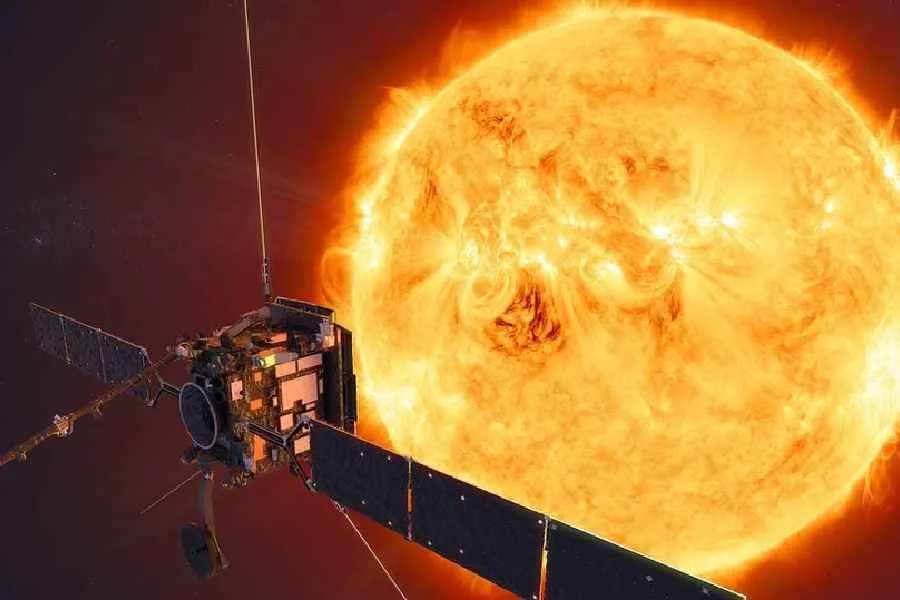Bengaluru, Jan 5 : ISRO is set to execute a crucial maneuver on Saturday to position the Aditya-L1 spacecraft, India’s first space-based observatory for studying the Sun, into its final orbit approximately 1.5 million kilometers from Earth. According to ISRO officials, the spacecraft will be stationed in a halo orbit around Lagrange point 1 (L1) of the Sun-Earth system, located about 1.5 million km away from Earth. The L1 point represents only one percent of the total distance between Earth and the Sun. A satellite in a halo orbit around the L1 point offers a significant advantage, as it can continuously observe the Sun without any interruptions or eclipses. This provides a crucial advantage in monitoring solar activities and their impact on real-time space weather. “This maneuver (scheduled for around 4 pm on Saturday) will secure the Aditya-L1 in a halo orbit around L1. If we don’t do this, there is a possibility that it will continue its journey, perhaps towards the Sun,” explained an ISRO official to PTI on Friday. The Polar Satellite Launch Vehicle (PSLV-C57) launched the Aditya-L1 spacecraft from the second launch pad of Satish Dhawan Space Centre (SDSC), Sriharikota, on September 2 last year. After a flight duration of 63 minutes and 20 seconds, it was successfully injected into an elliptical orbit of 235×19500 km around the Earth. The Aditya-L1 spacecraft carries seven payloads designed to observe the photosphere, chromosphere, and the outermost layers of the Sun (the corona) using electromagnetic and particle and magnetic field detectors. The primary science objectives of the Aditya-L1 mission include studying the dynamics of the solar upper atmosphere, the physics of plasma in the partially ionized state, and the initiation of coronal mass ejections and flares. It also aims to observe the in-situ particle and plasma environment and understand the development, dynamics, and origin of coronal mass ejections (CMEs), among other scientific goals.
ISRO Prepares to Position Aditya-L1 Spacecraft in Its Designated Orbit on January 6
144

